Understanding the Hazards of Binge Drinking
Binge drinking is a prevalent issue in today’s society that poses serious risks to health and safety. Defined as a pattern of excessive alcohol use, it involves reaching a blood alcohol concentration (BAC) of 0.08% or higher in a short period. This behavior is widespread among young adults and college students, contributing significantly to accidents and health issues. As the popularity of such drinking habits persists, the need to understand its dangers becomes more pressing.
Defining Binge Drinking and Its Prevalence
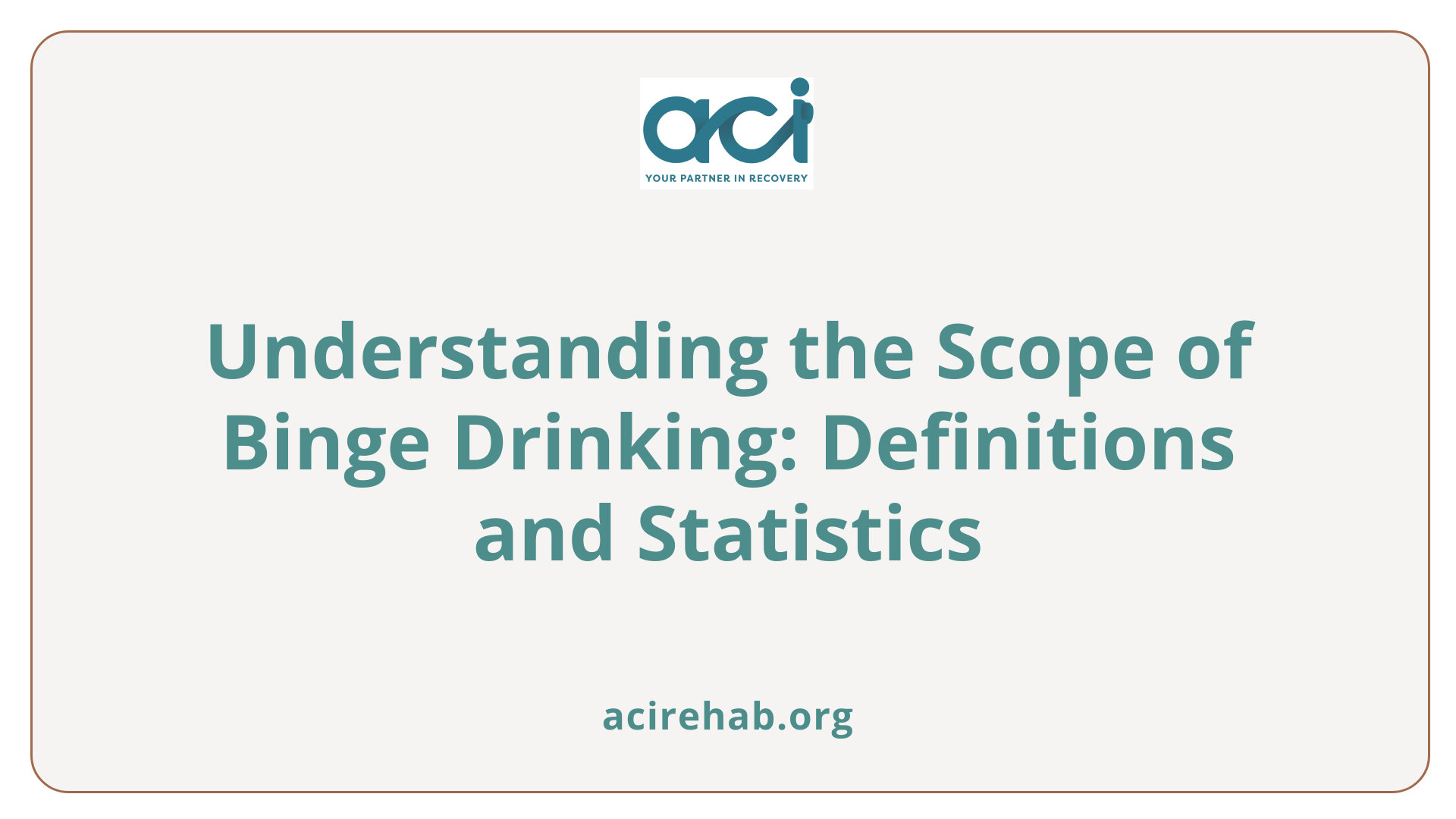
What is Binge Drinking?
Binge drinking is the consumption of alcohol in a manner that brings blood alcohol concentration (BAC) to 0.08% or higher, typically achieved by drinking five or more standard drinks for men or four or more drinks for women in about two hours. This pattern of drinking is not only widespread but poses significant risks to both physical and mental health.
How Prevalent is Binge Drinking in the U.S.?
- Approximately 21.7% of individuals aged 12 and older in the U.S. reported binge drinking in the past month as of 2023.
- Among college students aged 18-24, nearly 30% reported binge drinking, highlighting its prevalence in this demographic.
- It’s estimated that 1 in 4 women who drink engaged in binge drinking in the last month, averaging three episodes with five drinks per binge.
| Demographic Group | Prevalence of Binge Drinking | Average Frequency of Binge Episodes |
|---|---|---|
| General U.S. Population | 21.7% | 1-4 times per month |
| College Students | ~30% | ~3 times per month |
| Women (who drink) | 25% | 3 episodes with 5 drinks |
Why is Binge Drinking Dangerous?
Binge drinking is dangerous because it raises BAC levels to 0.08% or higher, which can lead to serious health risks such as blackouts, overdose, and injuries. Binge drinking contributes to chronic diseases, including liver conditions and various types of cancer, and accounts for approximately 178,000 deaths annually in the U.S. Furthermore, it poses significant risks for underage drinkers, often leading to impaired brain development and a heightened chance of developing alcohol use disorders. The correlation with unsafe behaviors such as risky sexual practices and accidents makes binge drinking a paramount public health concern.
Immediate Health Risks of Binge Drinking
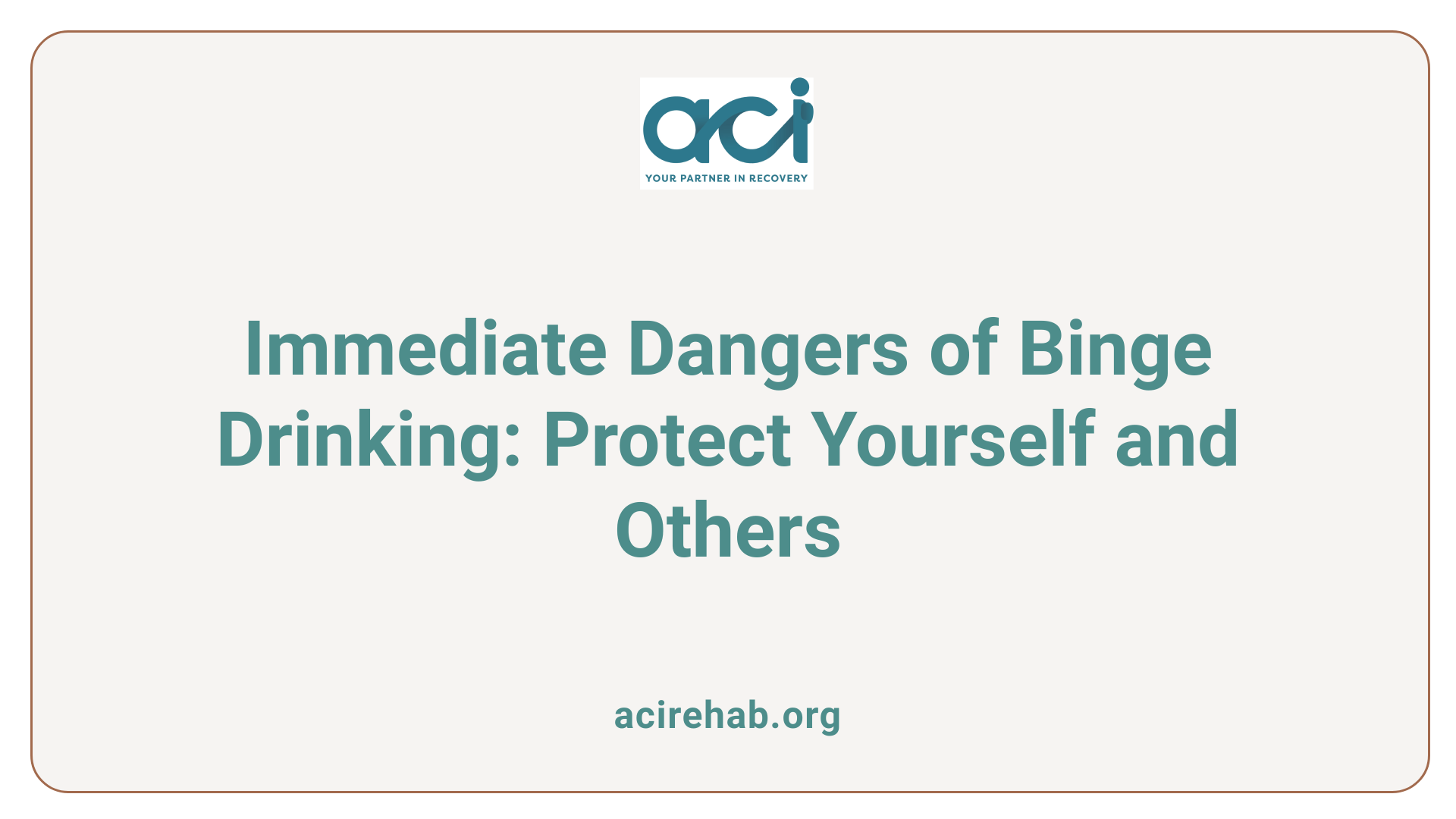
What are the consequences and dangers of binge drinking?
Binge drinking presents significant immediate health risks, with severe consequences resulting from excessive alcohol consumption in a short period. About 95,000 deaths annually in the U.S. are attributed to alcohol, with approximately 46% of these deaths linked specifically to binge drinking.
The short-term effects are substantial, often leading to unintentional injuries. Common incidents include:
- Motor Vehicle Accidents: Impaired judgment and coordination can result in dangerous driving situations.
- Falls and Drownings: The risk of losing balance increases, leading to potential physical harm.
- Choking and Alcohol Poisoning: Alcohol can depress the body’s involuntary functions, increasing the risk of choking on vomit when unconscious.
Violence is another concern, as binge drinking is linked to:
- Sexual Assault: A significant number of sexual assault incidents involve alcohol, with one in five college women indicating such experiences.
- Self-harm: Drinking can exacerbate mental health issues, leading to suicidal thoughts and actions.
Lastly, alcohol poisoning stands out as one of the most dangerous outcomes. Signs include confusion, irregular breathing, and temperature drops, making it a life-threatening emergency that often requires medical intervention.
Long-term Health Consequences of Repeated Binge Drinking
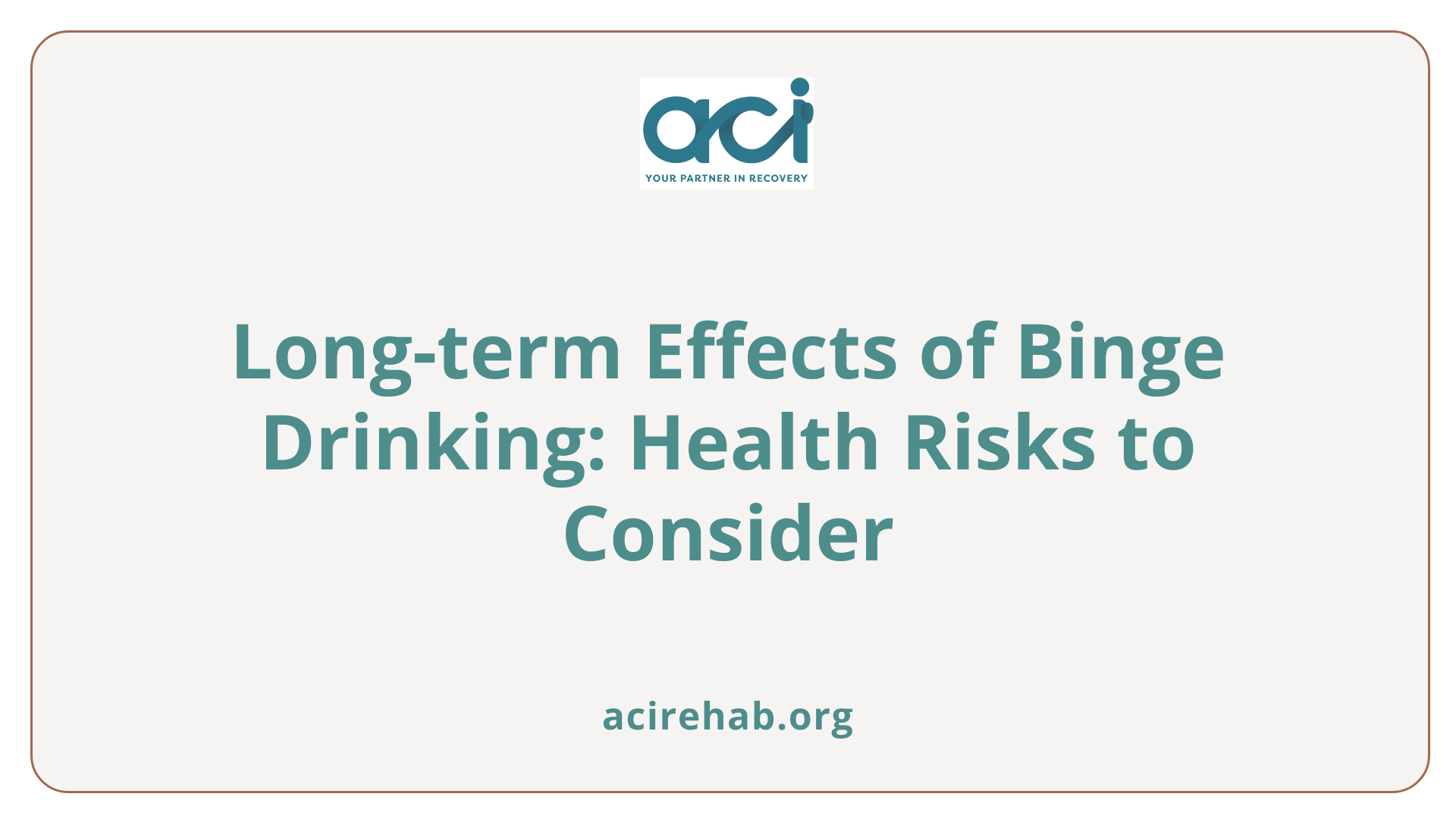
Chronic Diseases and Health Issues
Binge drinking, defined as consuming five or more drinks for men or four for women in a single sitting, poses severe long-term health risks. Chronic conditions linked to recurrent binge drinking include:
- Liver Disease: Excessive alcohol intake can lead to liver cirrhosis and other alcohol-related liver diseases.
- Cardiovascular Problems: High blood pressure, heart attacks, and strokes become more likely with prolonged binge drinking.
- Cancer Risks: Regular binge drinking is associated with an increased risk for various cancers, including breast, liver, and colorectal cancers.
- Neurocognitive Deficits: Long-term drinking patterns can affect brain structure and function, leading to significant cognitive impairments, such as memory loss and difficulties with attention.
Impact on Mental Health
The implications of binge drinking extend beyond physical health, heavily impacting mental well-being. Chronic alcohol use may exacerbate symptoms of:
- Depression and Anxiety: Alcohol can alter neurotransmitter levels, worsening mood disorders and contributing to a cycle of reliance on alcohol for temporary relief.
- Alcohol Use Disorder (AUD): Frequent binge episodes increase the risk of developing AUD, characterized by cravings, loss of control, and continued use despite negative consequences.
- Social Isolation: Mental health challenges can lead to withdrawal from social activities and increased feelings of loneliness, further compounding the issue.
Understanding the long-term impacts of binge drinking on both physical and mental health can encourage individuals to seek help and reconsider their drinking habits.
| Long-term Risks | Description |
|---|---|
| Chronic Disease | Increased risk of liver disease, heart issues, and cancers |
| Neurocognitive Effects | Impairments in memory and attention due to brain changes |
| Mental Disorders | Heightened anxiety and depression linked to alcohol use |
| Addiction Risk | Greater likelihood of developing alcohol use disorder |
Implications for College Students
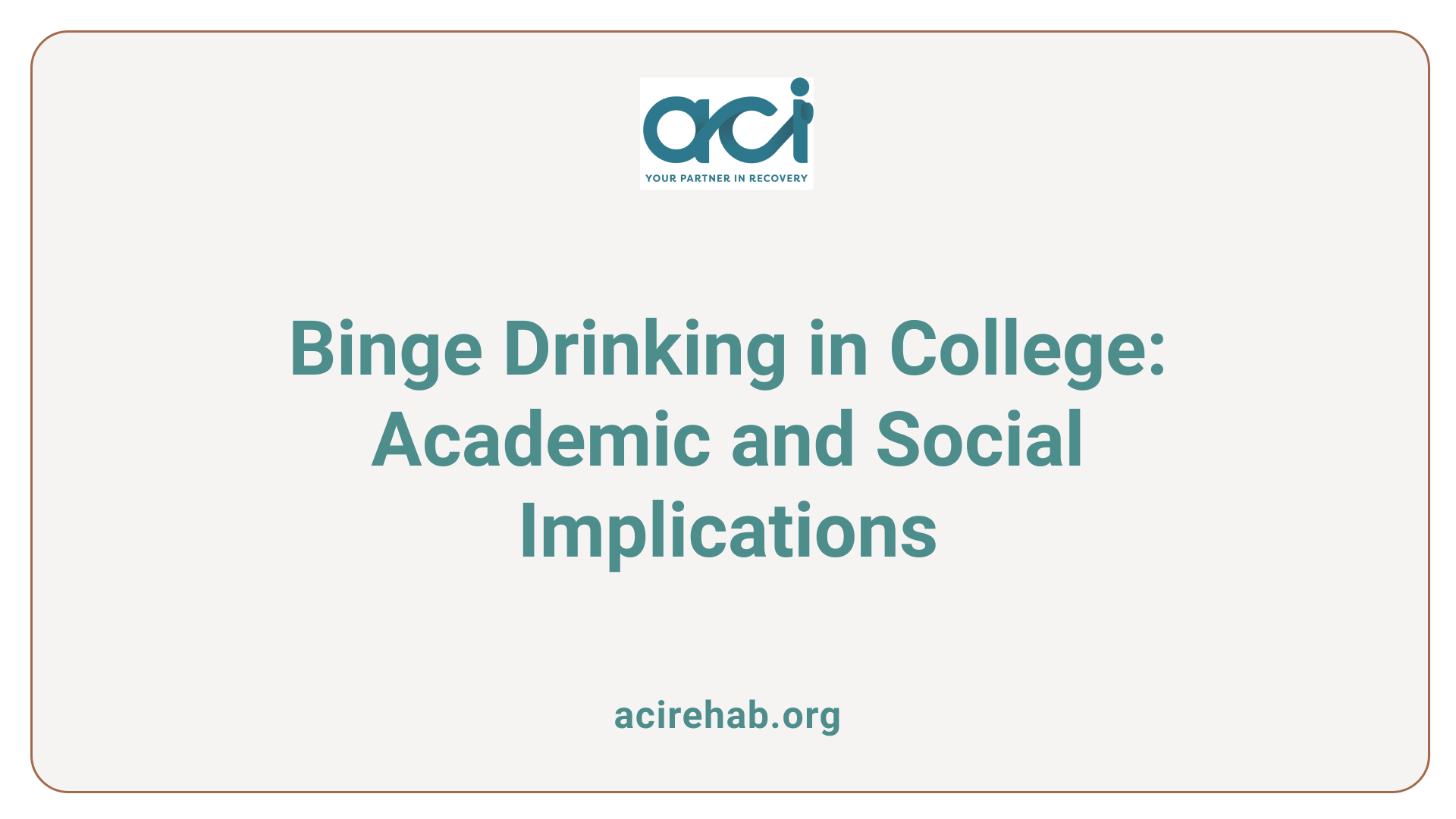
Impact on Academic Performance
Binge drinking significantly hampers academic achievement among college students. Research indicates that approximately 20% of students experience academic difficulties tied to their drinking habits. Common issues include missing classes, failing to complete assignments, and performing poorly on exams. With nearly 30% of college students reported engaging in binge drinking, the repercussions extend beyond individual performance, potentially affecting overall campus culture and student success rates.
Incidents of Violence and Assault
Binge drinking is also linked to a disturbing rise in violence and sexual assault among college communities. Each year, around 700,000 college students face assault by fellow students who have been drinking. Alarmingly, one in five women on campuses experiences sexual assault or date rape, much of which involves the influence of alcohol. These incidents highlight the severe risks associated with excessive drinking, emphasizing the urgent need for interventions to support health and safety in college settings.
| Topic | Issue Summary | Statistics |
|---|---|---|
| Academic Performance | Poor attendance, missed assignments | 20% of students face academic issues |
| Violence and Assault | High rates of assault and sexual violence | 696,000 assaults; 1 in 5 women assaulted |
| Overall College Impact | Relationship between binge drinking and safety | Nearly 30% of students binge drink |
Preventive Measures and Support
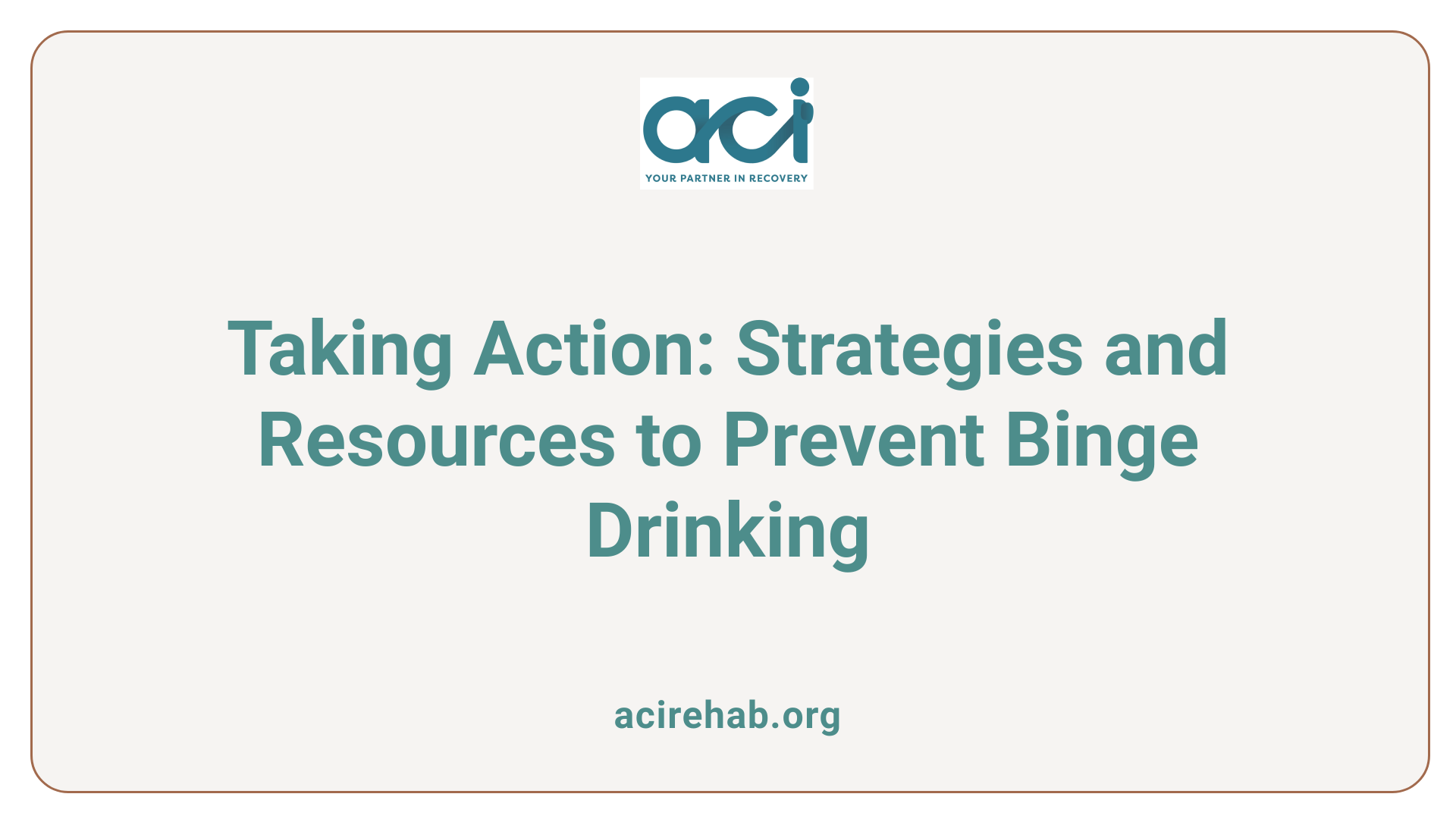
Strategies to Reduce Binge Drinking
Preventing binge drinking involves several proactive strategies that can be implemented at both individual and community levels. Here are some effective approaches:
- Education and Awareness Programs: Providing information on the dangers of binge drinking can help individuals understand the risks associated with excessive alcohol consumption.
- Enforcing Legal Drinking Age: Strictly adhering to age regulations can help prevent underage drinking and, subsequently, binge drinking among adolescents.
- Promoting Alcohol-Free Events: Communities and colleges can organize social events that do not involve alcohol, helping to shift the culture around drinking.
- Encouraging Responsible Drinking: Campaigns that promote moderation and responsible alcohol use can help mitigate the risks.
- Implementing Alcohol Policies: Establishing guidelines for alcohol service in public venues can restrict excessive drinking at events, reducing opportunities for binge drinking.
Support Resources
Access to support resources is crucial for individuals struggling with binge drinking and alcohol use disorder. Several options are available:
- Counseling and Therapy: Individual or group counseling can provide support and coping strategies for those impacted by alcohol misuse.
- Support Groups: Organizations like Alcoholics Anonymous (AA) offer community support and shared experiences among recovering individuals.
- Hotlines and Helplines: Many organizations provide 24/7 support through hotlines for immediate assistance and guidance for those in need.
- Educational Resources: Websites and local health departments offer materials and workshops promoting healthier lifestyle choices.
By implementing these strategies and utilizing available resources, individuals and communities can work together to combat binge drinking effectively.
Confronting the Dangers of Binge Drinking
The hazards of binge drinking extend far beyond a single night of fun, affecting numerous aspects of health and well-being. With its high prevalence especially in younger demographics, the associated risks such as accidental injuries and long-term health conditions pose a significant public health challenge. Awareness and preventive measures are essential in mitigating these dangers, and those affected are encouraged to seek support. Understanding these risks is the first step towards healthier, more mindful drinking practices.
References
- Understanding Binge Drinking
- The Dangers of Binge Drinking – Health Encyclopedia
- College Students and the Dangers of Binge Drinking
- Binge Drinking: Here’s What it Does to Your Body Long Term
- Alcohol Use and Your Health – CDC
- What Happens to Your Body When You Binge Drink – Healthline
- Binge Drinking: Health Effects, Signs, and Prevention – WebMD
- Partying and getting drunk | CAMH
- Effects, Risks, and Dangers of Binge Drinking

